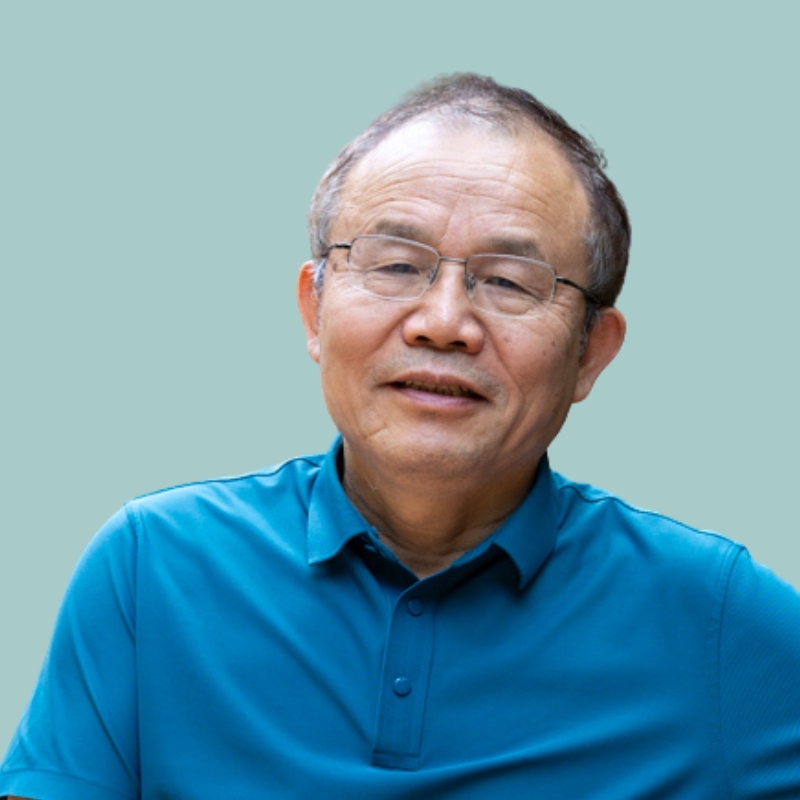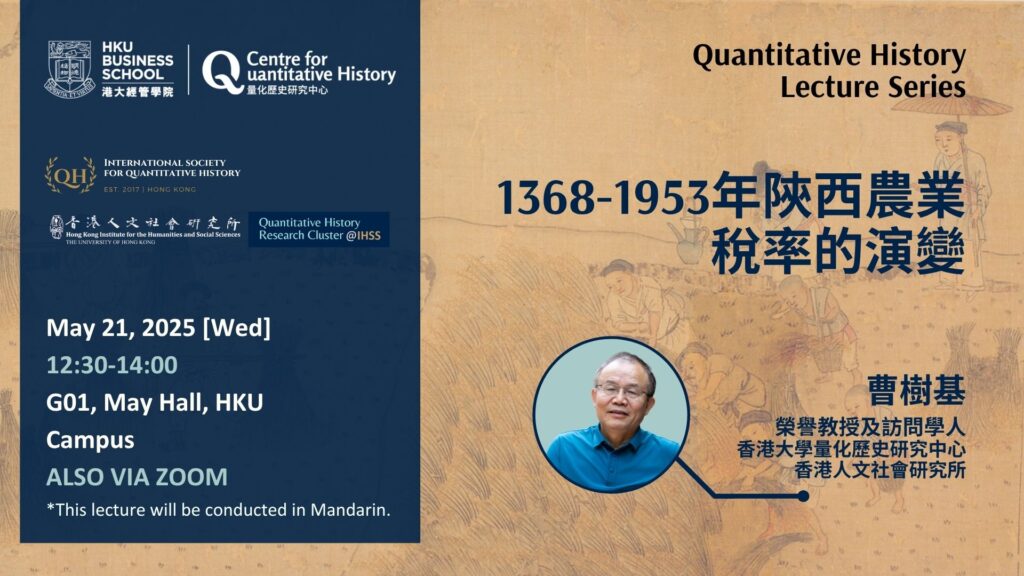 Date(s)
Date(s)May 21, 2025
 Time
Time12:30 - 14:00
12:30 (Hong Kong/Beijing/Singapore)
00:30 (New York)
|
21:30 (-1, Los Angeles)
|
05:30 (London)
|
13:30 (Tokyo)
|
14:30 (Sydney)
Venue
May Hall, HKU Campus
 Language(s)
Language(s)Mandarin
Speaker(s) / Presenter(s)

Shuji Cao
Senior Research Fellow




